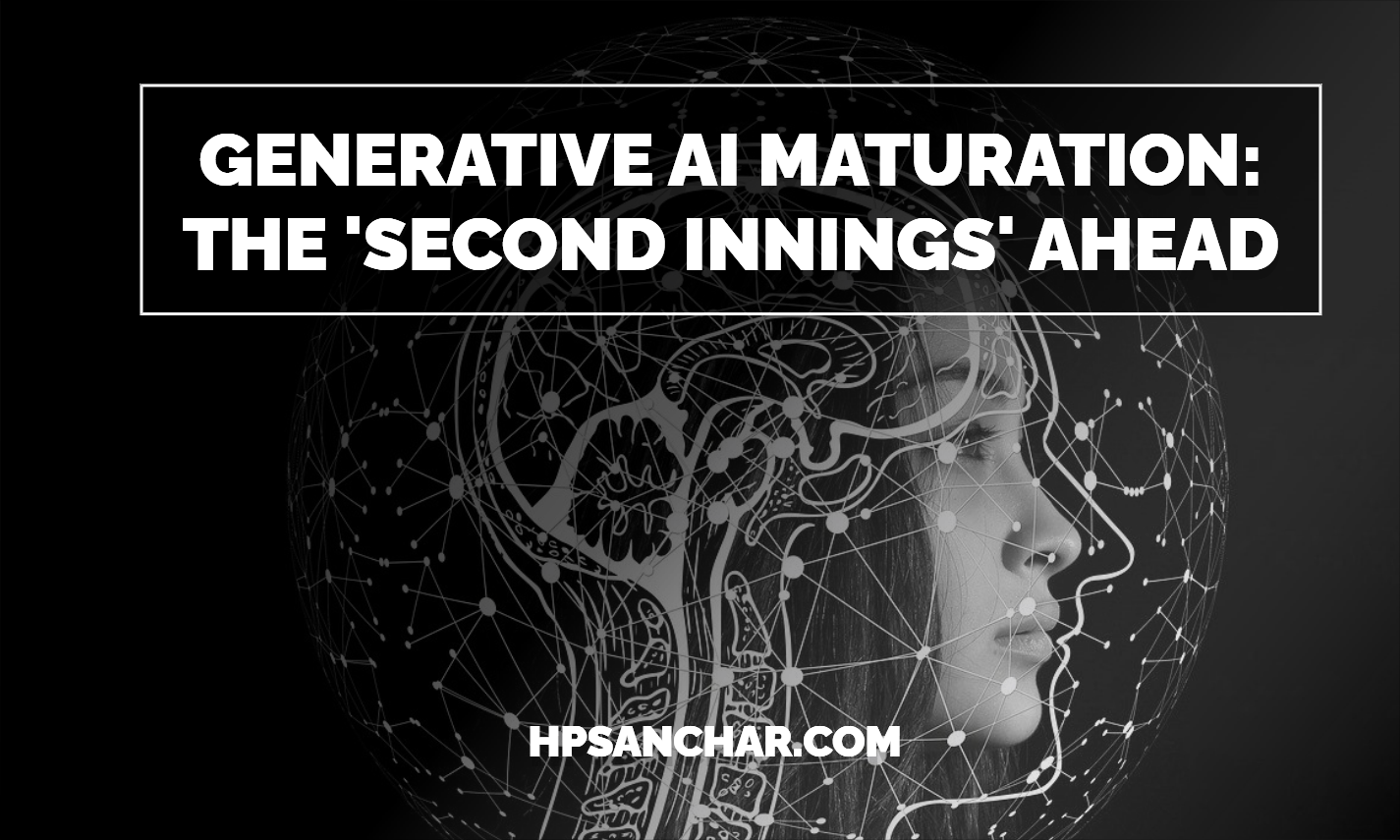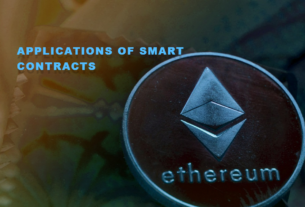The roar of the crowd has subsided. The blinding flash of the initial, disruptive brilliance—the “First Innings” of Generative AI (GenAI)—is giving way to the steady, calculated play of a new, mature phase. We are at the cusp of Generative AI’s Second Innings, a period less defined by viral chat bots and startling image synthesis, and more by deep, systemic, and accountable integration into the core infrastructure of the enterprise and society.
The first phase, roughly 2022-2024, was characterized by Exploration and Proof-of-Concept. It was a spectacular show: Large Language Models (LLMs) like GPT and their multimodal cousins became general-purpose creators, automating simple content generation and sparking global wonder—and a little panic—about jobs and ethics. The challenge was can it create? The answer was a resounding yes.
The Second Innings, however, will be defined by a shift from Novelty to Necessity and from Generalization to Specialization. The new scorecard will not measure the speed of a demo, but the depth of real-world value unlocked.
The New Pitch: From “Magic” to “System”
In cricket, the second innings often sees a different, more strategic approach after the initial, aggressive run-making. GenAI’s maturation follows this pattern across three critical dimensions:
1. Vertical Specialization and Fine-Grained Intelligence
The early models were “generalists”—vast, expansive brains trained on the entire internet. While powerful, their broad training makes them prone to “hallucinations” and a lack of domain-specific nuance.
The Second Innings will see the rise of Specialized Models and Agent Orchestration. Companies are moving away from trying to use a single behemoth model for every task. Instead, they are developing or heavily customizing smaller, more efficient models (like private or domain-specific LLMs) specifically trained on proprietary, high-quality data.
- The Agent Layer: Crucially, these specialized models won’t work in isolation. We’re moving toward Autonomous AI Agents that collaborate. Imagine a complex workflow where one specialized agent analyzes a legal brief, another generates a draft response based on the company’s internal knowledge base, and a third—the “Orchestrator”—coordinates their output and ensures compliance checks are run before final human review. This is the shift from a simple Generative Tool to a complex Generative Operating System.
2. The Great Integration: Embedding into the Core
Currently, many GenAI applications exist as isolated add-ons or “chat-with-your-data” side projects. This will change.
The next phase is about Deep Enterprise Integration—weaving AI capabilities directly into the fabric of existing mission-critical software, from ERP systems and supply chain management to electronic health records. This is the move from the “AI Lab” to the “Production Floor.”
- The Value Paradox Resolution: The focus shifts from boosting generic “productivity” (e.g., writing better emails) to unlocking high-value, vertical-specific outcomes (e.g., predicting equipment failure in a factory, accelerating drug discovery timelines, or creating dynamic, localized marketing campaigns at scale). This embedded approach finally addresses the “Generative AI Value Paradox”—where widespread experimentation often fails to translate into scaled, measurable business impact.
3. Accountability, Trust, and Sustainable AI
The dazzling output of the First Innings often obscured critical issues around data security, bias, and environmental cost. The Second Innings is a moment of reckoning, demanding maturity in governance.
- The Trust Framework: Responsible AI (RAI) will transition from an ethical afterthought to a non-negotiable architectural requirement. This includes enhanced focus on Explainability (XAI), providing transparency on how an AI arrived at an output, and Robust Governance to mitigate bias and ensure regulatory compliance (especially in sensitive fields like finance and healthcare). Without trust, scaled adoption is impossible.
- Sustainable AI: As models grow, their computational footprint expands. The future demands more Energy-Efficient Models and hardware (like specialized AI accelerators) to maintain the momentum without compromising global climate goals. Sustainability becomes a competitive advantage.
The Human Role: From Prompt Engineer to Architect
In this new phase, the human role also shifts. The early fascination with “prompt engineering” as a skill will fade as models become more intuitive and better at inferring intent.
The critical human expertise will be in AI Architecture, Strategy, and Oversight. Businesses will need leaders who can define where in the workflow to embed a specialized agent, how to connect it to proprietary data (often through Retrieval-Augmented Generation or RAG), and who will be responsible for validating its high-stakes outputs. The human worker becomes the strategic Co-Creator and Validator, freed from repetitive cognitive labor to focus on complex problem-solving and relationship-building.
Conclusion
Generative AI’s First Innings was a thrilling display of brute-force creativity, capturing global imagination and capital. Its Second Innings promises a deeper, more profound transformation. This phase of Maturation, Specialization, and Accountability will determine GenAI’s true legacy: not as a clever parlor trick for generating content, but as the foundational system that fundamentally re-engineers the way businesses operate and humans create value. The long game has just begun.



